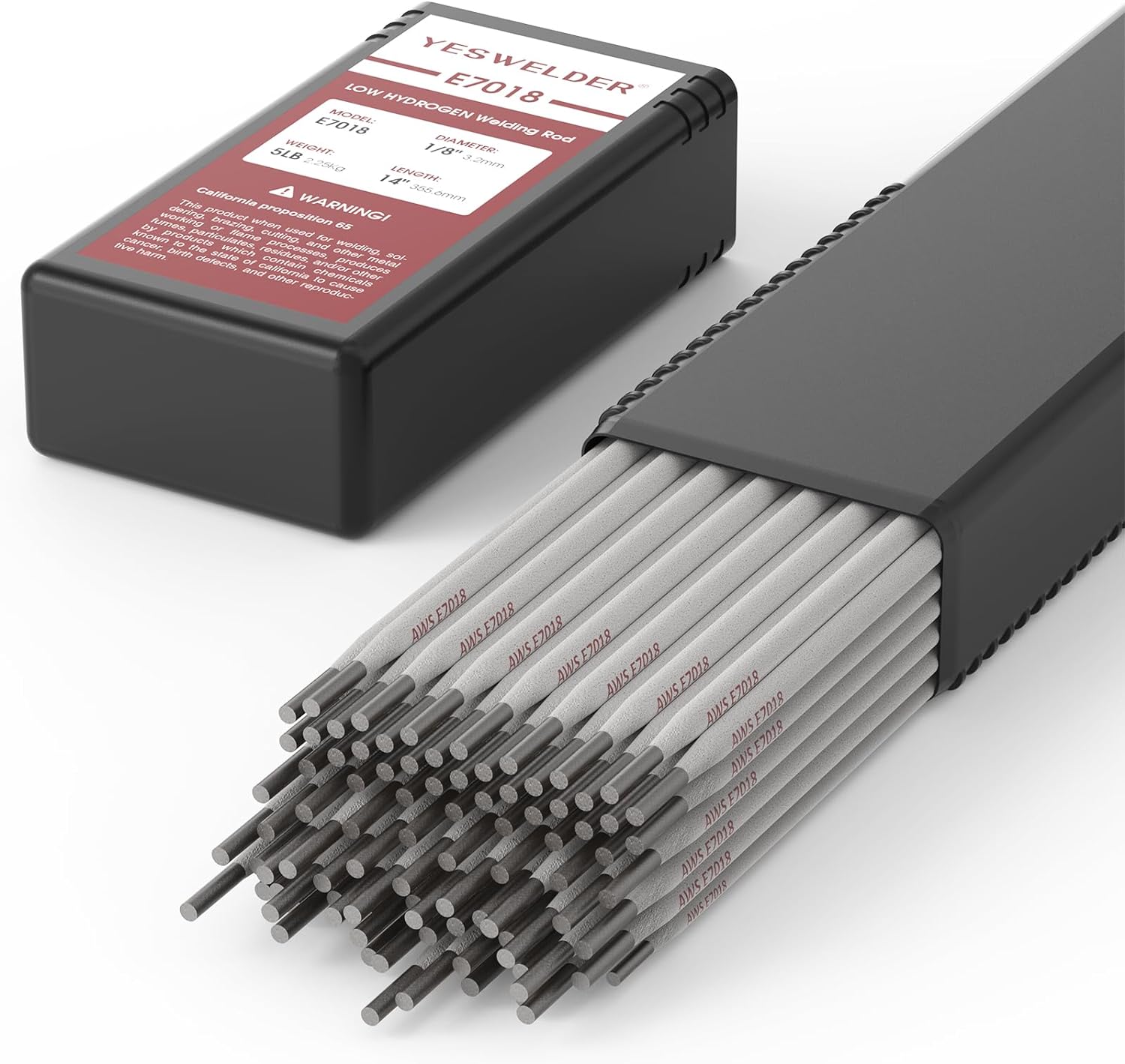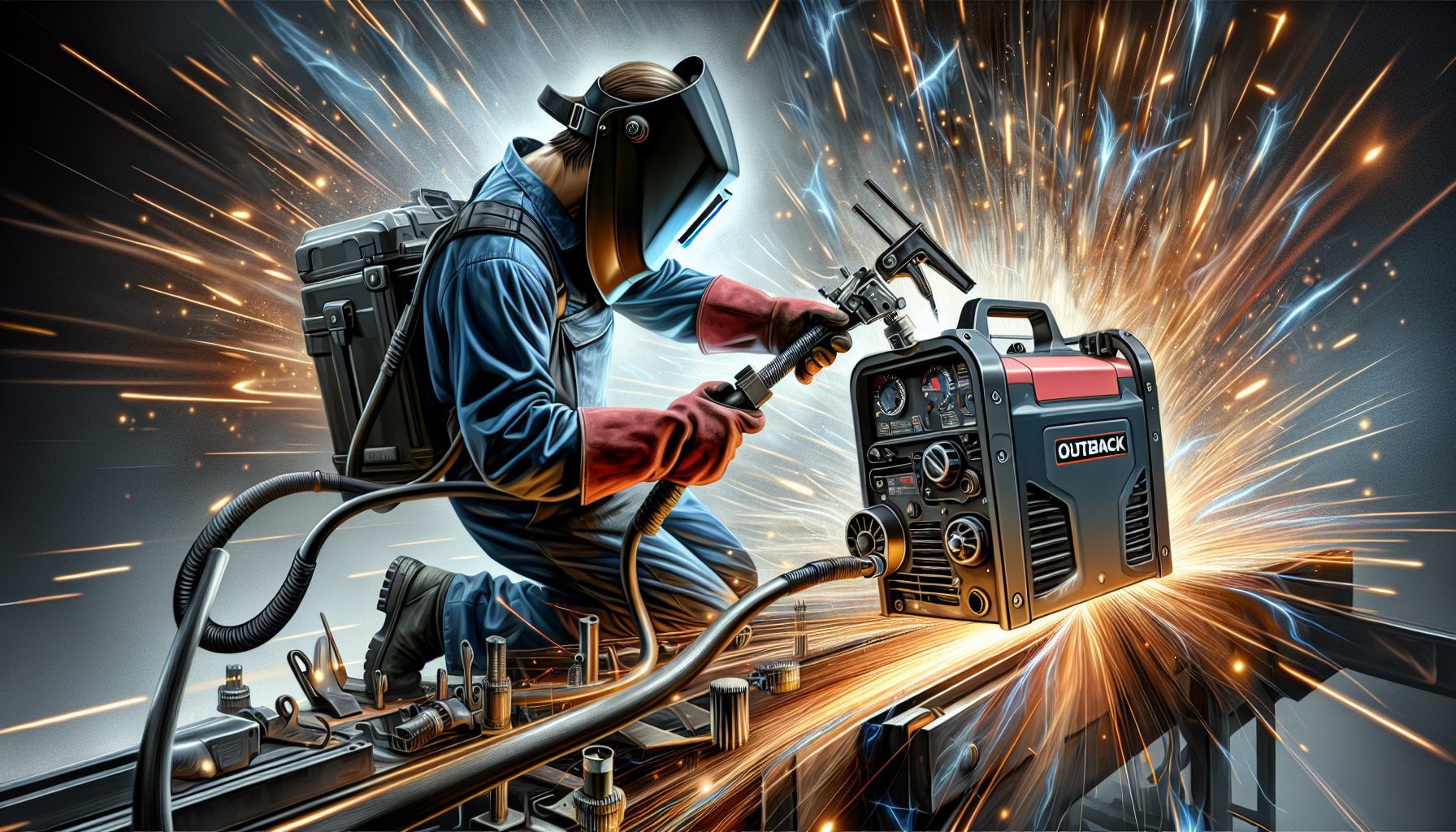Hello! Today, we find ourselves pondering an important question: How can we prevent weld distortion? This is a common concern among welders, as distortion can lead to costly and time-consuming repairs. Luckily, we are here to share some helpful tips and techniques that can help you keep distortion at bay. So, let’s delve into this fascinating topic and discover how to ensure flawlessly welded joints every time.
Understanding Weld Distortion
Weld distortion refers to the deformation or warping that occurs in welded structures due to the heat generated during the welding process. It is a common concern in welding projects and can have significant implications on the overall quality and performance of the welded component. Understanding the causes and types of weld distortion is crucial in developing strategies to prevent it.
Causes of Weld Distortion
Several factors contribute to the occurrence of weld distortion. One of the primary causes is the non-uniform heating and cooling of the welded materials. During welding, the heat generated is concentrated in a small area, causing localized expansion. As the weld cools down, it contracts, leading to residual stresses that cause the distortion.
The design of the joint also plays a crucial role in weld distortion. Inadequate joint design, such as using improper angles or insufficient gap spacing, can lead to uneven distribution of welding stresses and, subsequently, distortion.
Another common cause is over-welding, where excessive weld length or unnecessary reinforcement is added. This can create excessive heat input and result in distortion.
Types of Weld Distortion
Weld distortion can manifest in various forms, each with its unique characteristics. The three primary types of weld distortion are:
-
Longitudinal Distortion: This type of distortion occurs in the direction parallel to the weld. It is often caused by an imbalance in welding stresses along the length of the weld and can result in buckling or bending of the material.
-
Transverse Distortion: Transverse distortion refers to the deformation that happens perpendicular to the weld. It is commonly observed in thin plates and can result from uneven heating and cooling of the weld.
-
Angular Distortion: Angular distortion involves changes in the angle or alignment of the welded parts. It typically occurs due to the unequal contraction of the weld material and can lead to misalignment of components.
Design Considerations
To prevent weld distortion, it is essential to consider various design factors before initiating the welding process.
Choosing the Right Joint Design
Opting for an appropriate joint design is crucial for minimizing weld distortion. Butt joints, for instance, are prone to higher levels of distortion due to their geometry. By selecting alternative joint types like lap joints or T-joints, the distribution of welding stresses can be better controlled, reducing distortion.
Minimizing Weld Length
The length of the weld has a direct impact on the amount of heat input and subsequent distortion. Minimizing the length of the weld by careful joint design and selecting appropriate welding methods can help mitigate distortion.
Balancing Welds
Balancing the welds involves distributing the welding stresses evenly across the joint. By dividing the welding into smaller segments and alternating between them, the distortion caused by localized heating and cooling can be reduced.
Avoiding Over-welding
Over-welding, where excess weld reinforcement is added, can result in higher heat input and increased distortion. It is essential to follow proper welding procedures and avoid unnecessary additional weld material.
Using Welding Fixtures
Welding fixtures provide support and alignment during the welding process, minimizing distortion. By securely holding the components in place, fixtures help maintain the desired position and prevent movement that could cause distortion. Utilizing fixtures can significantly improve the overall quality of the weld.
Material Selection
The selection of appropriate materials is another crucial aspect in preventing weld distortion. Consider the following factors when choosing materials:
Selecting Lower Carbon Equivalent Materials
Materials with lower carbon equivalent, such as low carbon steels, have reduced susceptibility to weld distortion. These materials exhibit lower levels of hardness and improved weldability, resulting in reduced residual stresses and distortion.
Choosing Materials with Similar Thermal Expansion Coefficients
Using materials with similar or compatible thermal expansion coefficients can help minimize weld distortion. When materials have mismatched coefficients, the welding process can cause significant stress differentials, leading to deformation. Selecting compatible materials helps maintain a more balanced thermal response.
Minimizing Residual Stresses
Certain materials are more prone to developing residual stresses, which can lead to distortion even after the welding process. By selecting materials with reduced residual stress potential, such as low-alloy steels, distortion can be minimized.
Welding Techniques
Adhering to proper welding techniques is vital for preventing weld distortion. Consider the following techniques:
Preheating
Preheating the materials before welding can help reduce the thermal gradients and subsequent distortion. By heating the base metal, the difference in temperature between the weld and the surrounding material is minimized, leading to lower levels of distortion.
Maintaining Proper Interpass Temperatures
Controlling the interpass temperature, which is the temperature between welding passes, is crucial in preventing distortion. Ensuring that the base metal does not cool down too rapidly between passes assists in reducing the stress differentials and minimizing distortion.
Using Back Step Technique
The back step technique involves welding progressively in the opposite direction, starting from the end and moving towards the beginning. This technique helps counteract the tendency for the weld to shrink and pull in one direction, reducing distortion.
Controlling Heat Input
Properly controlling the heat input during the welding process is essential for preventing distortion. By carefully monitoring and adjusting the welding parameters, such as current, voltage, and travel speed, the heat input can be optimized, minimizing the occurrence of distortion.
Clamping and Fixturing
Using appropriate clamping methods and fixtures during welding can significantly contribute to distortion prevention. Consider the following practices:
Using Appropriate Clamping Methods
Using suitable clamping methods ensures that the components being welded are securely positioned. By providing adequate support and preventing movement, clamping reduces the possibility of distortion.
Using Jigs and Fixtures
Utilizing jigs and fixtures aids in maintaining the alignment and positioning of the components during welding. These tools provide stability and prevent excessive movement, thereby minimizing distortion.
Applying External Forces
Applying external forces, such as using external clamps or tack welds, helps counteract the forces that create distortion. By strategically placing these forces, the overall balance and alignment of the welded components can be maintained.
Heat Control
Effective heat control measures are essential for preventing weld distortion. Consider the following practices:
Controlling Welding Speed
The speed at which the welding process is conducted affects the heat input and subsequent distortion. By carefully controlling the welding speed, excessive heat buildup can be avoided, mitigating the occurrence of distortion.
Controlling Cooling Rates
Controlling the cooling rates during and after welding is crucial for minimizing distortion. Rapid cooling can lead to higher residual stresses and increased distortion. By implementing proper cooling measures, such as shielding the weld from rapid air cooling, the cooling rates can be controlled, reducing the likelihood of distortion.
Avoiding Rapid Temperature Changes
Avoiding rapid or extreme temperature changes can help prevent distortion. Thermal shocks generated by sudden temperature variations can induce significant stress and deformation in the welded structure. By ensuring a smoother and more gradual temperature transition, distortion can be minimized.
Post-Weld Processes
Certain post-weld processes can further prevent or reduce weld distortion. Consider the following techniques:
Post Weld Heat Treatment (PWHT)
Post weld heat treatment involves subjecting the welded structure to controlled heating and cooling cycles. This process helps alleviate residual stresses and reduces distortion. PWHT is commonly used in applications where distortion control is critical.
Stress Relieving
Stress relieving is a process that aims to reduce residual stresses in the welded structure. By subjecting the weld to controlled heating and cooling, stress relieving helps minimize distortion and improve the overall integrity of the welded component.
Shot Peening
Shot peening involves bombarding the surface of the welded component with small metallic or ceramic particles. This process induces compressive stresses that counteract the tensile stresses generated during welding, minimizing distortion.
Vibratory Stress Relief
Vibratory stress relief, also known as vibration stress relieving, uses mechanical vibrations to reduce residual stresses in the welded structure. This technique alters the material’s elastic properties, minimizing distortion.
Quality Control Measures
Implementing robust quality control measures is crucial in preventing and addressing weld distortion. Consider the following practices:
Inspecting and Correcting Weld Fit-up
Thoroughly inspecting and correcting the fit-up of the components before welding is essential. Proper fit-up ensures proper alignment and minimizes the occurrence of distortion. Addressing any issues or discrepancies before welding can prevent distortion from developing.
Monitoring and Controlling Welding Parameters
Monitoring and controlling welding parameters, such as voltage, current, and travel speed, are essential steps in preventing distortion. By closely monitoring these parameters and making necessary adjustments, the heat input can be optimized, reducing the likelihood of distortion.
Performing Non-Destructive Testing (NDT)
Utilizing non-destructive testing methods, such as ultrasonic testing or radiography, helps detect any defects or potential areas of concern. By identifying flaws early on, appropriate corrective actions can be taken to prevent further distortion or structural issues.
Training and Skill Development
The expertise and skill of the welders themselves play a crucial role in preventing weld distortion. Consider the following practices:
Qualifying Welders
Ensuring that welders are qualified and competent in their craft is essential. Proper certification and qualification processes validate the skills and knowledge of the welders, ensuring they understand and are proficient in implementing distortion prevention techniques.
Providing Ongoing Training and Certification
Continued training and certification programs help keep welders updated on the latest techniques and methods for distortion prevention. By providing opportunities for professional development, welders can enhance their skills and contribute to improved distortion control.
Implementing Standard Welding Procedures
Establishing and implementing standard welding procedures ensures consistency and uniformity in the welding process. These procedures outline best practices and critical steps for distortion prevention, providing a framework for achieving high-quality welds.
Continuous Improvement
Continuously improving distortion prevention practices is essential for achieving optimal results. Consider the following strategies:
Analyzing Weld Distortion Root Causes
Regularly analyzing the root causes of weld distortion is crucial for identifying areas for improvement. By investigating and understanding the specific factors that contribute to distortion, targeted corrective actions can be implemented.
Implementing Corrective Actions
Based on the analysis of weld distortion causes, implementing corrective actions is necessary to mitigate further occurrences. These actions may involve adjusting welding parameters, modifying joint design, or enhancing training programs, among others.
Sharing Best Practices
Encouraging the sharing of best practices among welders and within the welding community fosters a culture of continuous improvement. By disseminating successful distortion prevention strategies and lessons learned, the industry as a whole can benefit and further enhance distortion control.
In conclusion, preventing weld distortion requires a holistic approach that encompasses various factors, from design considerations to proper material selection, welding techniques, and post-weld processes. By understanding the causes and types of weld distortion and implementing effective prevention strategies, welders can achieve high-quality welds with minimal distortion, ensuring the durability and performance of the welded components.



































